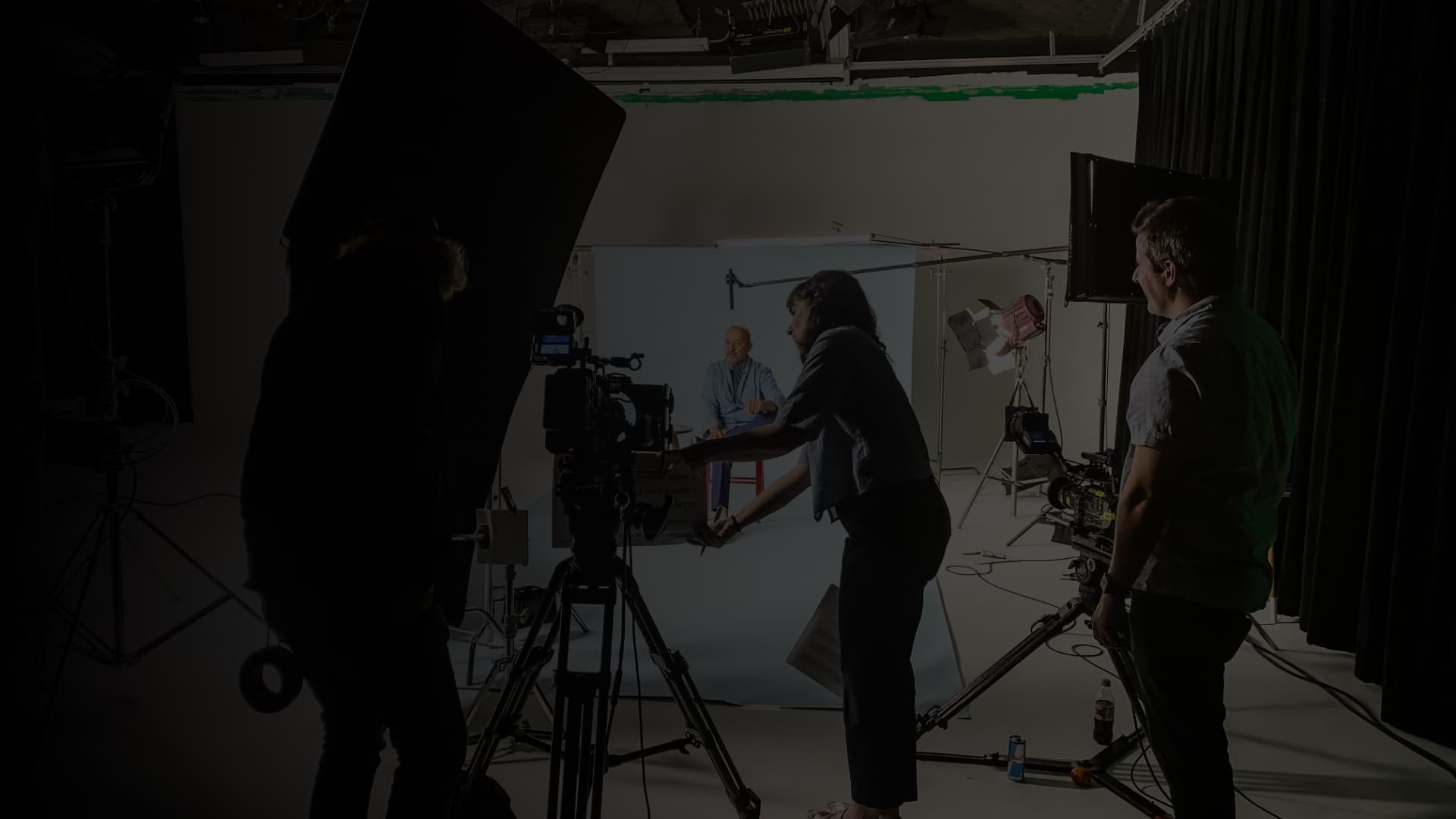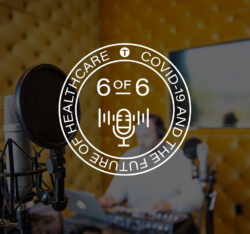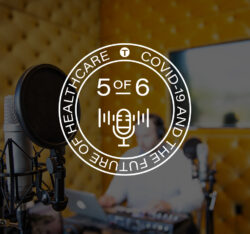
Are you ready to go digital?
Going digital with your ANOCs and EOCs requires a big leap of faith. Suspense builds toward the end of the process when you finally see if your prayers, sacrifices, and tears were all worth it. The giant merge needs to be executed flawlessly, and if there are errors, you need to implement plan B in time.
Go digital if your plan meets any of the following 6 criteria:
1. You have to do more than 15 versions of books of the same CMS model. (MAMedicare Advantage, MAPD Medicare Advantage Disenrollment Period, D-SNP Dual Eligible Special Needs Plans, or C-SNP Chronic Condition Special Needs Plans)
Logic: This situation is ideal for going digital since it involves building ONE data grid and programming ONE template for variables. This saves time and set-up charges when you calculate the cost per book.
2. You project producing more books year after year.
Logic: This is a classic case of investing this year to expedite the process for the future. You fund the initial programming and data grid building in anticipation of future (and inevitable) document fulfillment and/or market expansion. This also saves you the trouble of building everything from scratch, understanding new markets, and mastering benefit structures, all in the same year.
3. It is December or January* and you are considering going digital.
Logic: December and January are the ideal months to take the leap of faith to go digital, regardless of the number of books or number of models. This is the prime time to contract with the best organization for your specific needs. The vendor and your staff can build grids and test merges well before the CMS models are released in mid-May. All you have to do is deal with what has changed, and not 2,500 other variables.
*Keep in mind that you can make this decision as late as the third week of April. However, it’s not ideal. You might want to set it up as a task for 2017. It may be hard to get everything programmed and tested on time. It can be done, but you will be camping in your car during the process. You have been forewarned.
4. You need to build over 30 books regardless of models being used.
Logic: At this quantity or higher, you are really at the outer limits of what most small internal marketing departments can safely handle without adding staff. The cost of adding temporary staff (either interdepartmentally or from a temp agency) quickly overshadows the start-up costs of going digital.
5. The plan to go digital was executed in the past and abandoned.
Logic: By having the data grid already built, you have already invested in the largest part of the process. An ANOC/EOC Subject Matter Expert at a creative agency such as TRAFFIK Health may be able to succeed where others have failed. TRAFFIK has helped several plans give digital another chance. This involves:
• Setting realistic expectations on what the digital process can and can’t do
• Committing to a budget for custom programming additions
• Starting sooner
• Knowing that a full ANOC/EOC can’t be done 100% digitally; staff is needed to correct those few problem areas by hand
6. We are just doing Provider, Pharmacy and/or Formulary Directories.
Logic: Stop doing these directories traditionally. You are overpaying and wasting staff time. These are the easiest pieces of all the required materials to go digital. It makes the most sense to go digital because they require continuous updating and reprinting. This works especially well if you want to print your directories on demand, lower your initial print investment, and reduce your spoilage costs.
Do you have any questions about going digital this late in the game? Call us at 877.769.1921 to discuss your options.
P.S. Hardcore traditionalists welcome here, too.




















